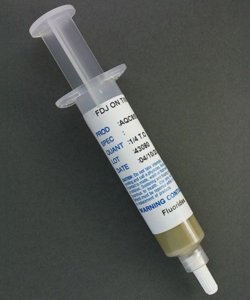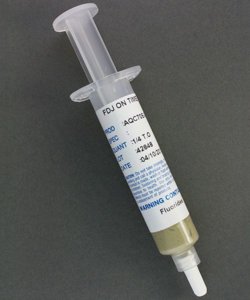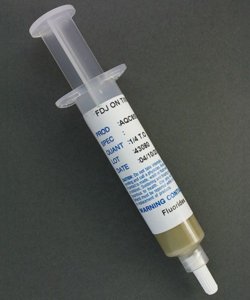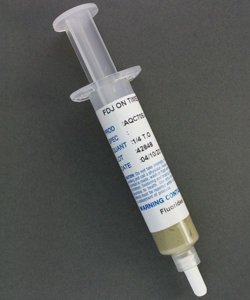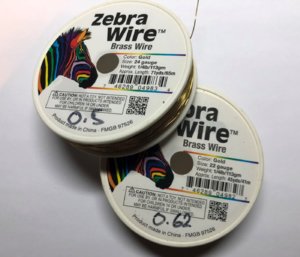Hello Knut, This solder (silver soldering paste) can be purchased in the jewelry supply stores. Soldering paste comes at least in types: Hard, medium and easy. Start with 'easy' or extra flow... as you will gain more experience, you can buy medium or\and hard. It comes in a syringe (It does not fill all the way), it 1/4 oz only. Below is the site I bought mine.Jim. Good explanation on this topic, I have such a gas burner as you show, I will try to do as you show on the video.
The solder paste you show, which brand it is, you have a link to where you buy this paste, can probably buy it locally,
but it would have been nice to see what types you can recommend, thanks-

SPSE05 = Silver Paste Solder Easy 1/4oz (5 dwt) Syringe by FDJtool
SPSE05 = Silver Paste Solder Easy 1/4oz (5 dwt) Syringe
Happy soldering!





 By rights,I should be best qualified but my models haven't displayed this.
By rights,I should be best qualified but my models haven't displayed this.


